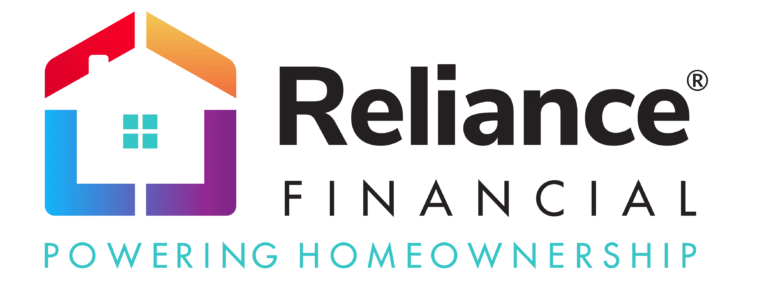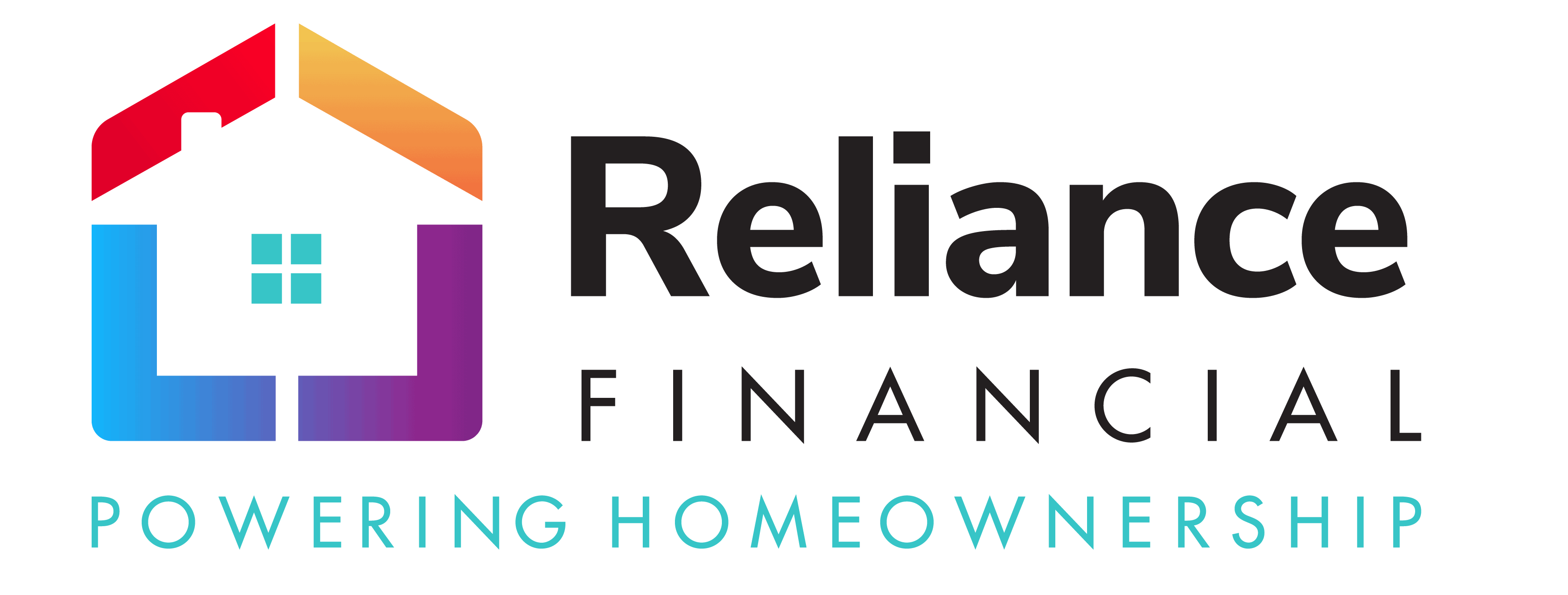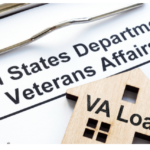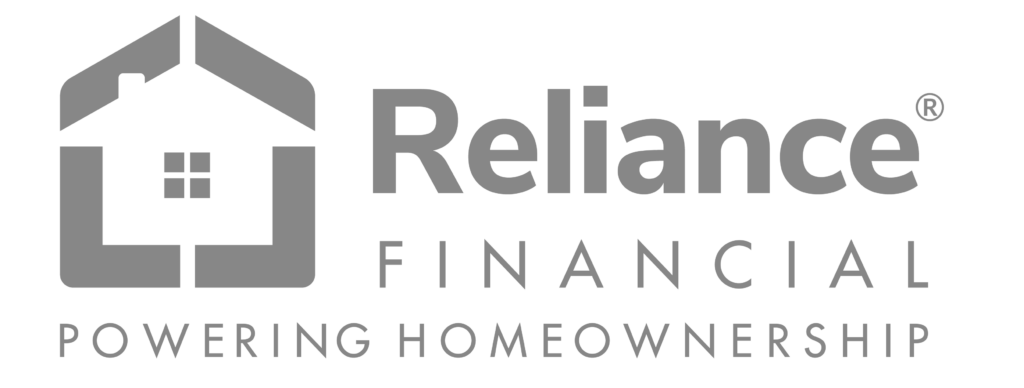For many veterans and active duty service members, owning a home is the most exciting because it offers a chance to achieve stability after years of sacrifice and dedication. The VA home loan helps turn that dream into reality, but it is important to understand current VA home loan rates, as they directly affect your monthly payments.
By the end of 2025, VA loans will continue to offer a balance of affordability and security. These rates are not just numbers; they represent the possibility of homeownership through manageable monthly mortgage payments. With no down payment, no PMI, and consistently lower interest rates, VA loans provide veterans and service members a unique opportunity to own a home. However, the interest rate directly affects all aspects of the loan, including monthly payments and overall affordability.
If you are a veteran or active-duty service member planning to buy a home, t is important to stay updated on current VA home loan rates. In this detailed guide, we will discuss the Current VA Home Loan Rates available in the USA.
What Do You Mean by VA Home Loan Rates?
The VA home loan rate refers to the interest rate which is charged by the lender for a VA mortgage. These are the loans specially designed to help veterans, military service members and active duty service members. In simple terms, we can say that VA loans are those loans in which you pay the cost of borrowing money from the lender.
What are Current VA Home Loan Rates?
On 8 October 2025, 6.49% was the 30-year VA mortgage rate and the 30-year VA refinance rate was 7.42%, according to Bankrate. These loan rates fluctuate regularly, so it is recommended to stay updated regularly with VA home loan rates.
What Factors Affect the VA Loan Rates in the US?
As we know, mortgage interest rates are influenced by multiple factors rather than a single one. Some of the key factors include:
Credit Score: One of the main reasons mortgage rates change is your credit score. A high credit score usually results in lower rates, while a low credit score can lead to higher mortgage rates.
Loan Term: The length of your mortgage also affects the loan rate. 30-year fixed rate comes with a slightly higher rate, whereas the 15-year mortgage rate comes with a lower interest rate.
Market Condition & Economy: All the VA loans are majorly affected by the market condition and economy. If the market is facing inflation, the Federal Reserve decision or bond market trends make an impact on high interest rates, whereas deflation means lower interest rates.
Down Payment Amount: In a VA loan, a down payment is not required, but if you pay, then it will help you to borrow less money with less interest rate. Your down payment also affects the loan rate.
Why will the VA Loan become the Center of Attraction in 2025?
The VA Loan has become a key attraction for US veterans, active-duty service members, and military personnel who have dedicated years of service to the country. Here are some reasons behind the growing appeal of VA loans:
Lower Interest Rate Compared to a Conventional Loan: VA loans offer lower interest rates than conventional loans. This is a key reason why veterans and active-duty service members are increasingly drawn to VA loans.
No Down Payment Advantage: As we see, home prices are rising, and saving a down payment seems very difficult for many home buyers. VA loans have become the center of attraction because they come with no down payment.
No Private Mortgage Insurance: Compared to conventional FHA loans, you don’t need any PMI for the VA loan. This directly means to lower the monthly payment as well as increase affordability to acquire larger homes.
Simplified Refinancing Options: Unlike other refinance processes, VA loans carry a very simple refinance option, which is IRRRL. This refinance program is most popular in 2025 because it requires less paperwork, risk, and you don’t need any special appraisal for a VA refinance.
Wider Awareness & Digital Access: In 2025, the VA loan will become very popular due to many government campaigns, financial blogs, and digital mortgage platforms that are aware of the large number of segments in the US for VA loans.
What are the Tips to Secure a Lower Rate for a VA Loan?
If you are also planning to get a VA loan with lower rates, then keep reading this blog, because we are now going to discuss some exclusive tips to secure the lower VA loan rate:
- Improve Your Credit Score
- Compare VA Lenders
- Lock the Rate at the Right Time
- Choose a Short loan term
- Try to make a small down payment
- Reduce Other Debts
- Work with a VA-experienced loan officer
- Take Advantage of the VA IRRRL Program
Final Thought
In the US’s highly competitive housing market, VA loans are gaining attention from veterans and active-duty service members due to their wide range of benefits, including no down payment, lower credit score requirements, and more. If you are planning to buy a home with a VA loan in the US, Reliance Financial can be your trusted partner in the homeownership journey, offering competitive rates as a leading VA loan mortgage lender.
FAQ about Current VA Home Loan Rates
Q. How does the property type affect the VA loan rate?
Answer: The property type can affect the VA loan in the following way:
- Single-family homes offer favourable rates
- A multi-unit property can be slightly higher
Q. Is it possible to refinance a VA loan multiple times?
Answer: Yes, if you are eligible for the refinance, then you can easily refinance a VA loan multiple times in a day.
Q. Who can take a VA home loan?
Answer: VA loans are available for:
- Veterans
- Active Duty Service Members
- Eligible Surviving Spouses
- A certain member of the National Guard
Q. Which document do we need to keep for a VA loan?
Answer: You need to keep some documents, like:
-
- Certificate of Eligibility
- Proof of Income
- Credit Report
- Debts and Asset Statement
- Employment Verification









